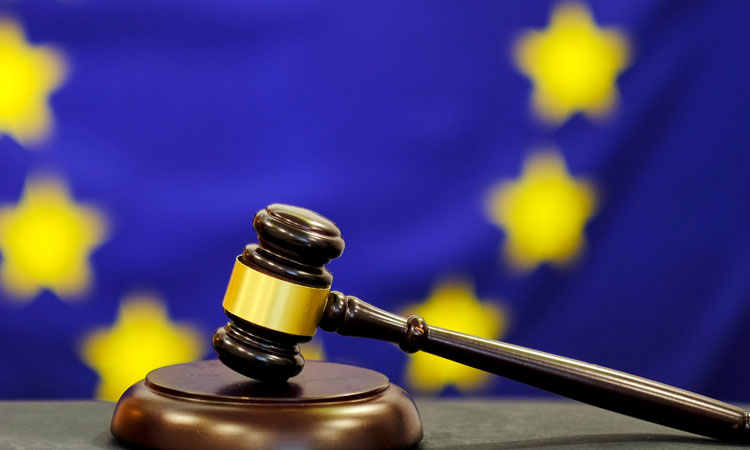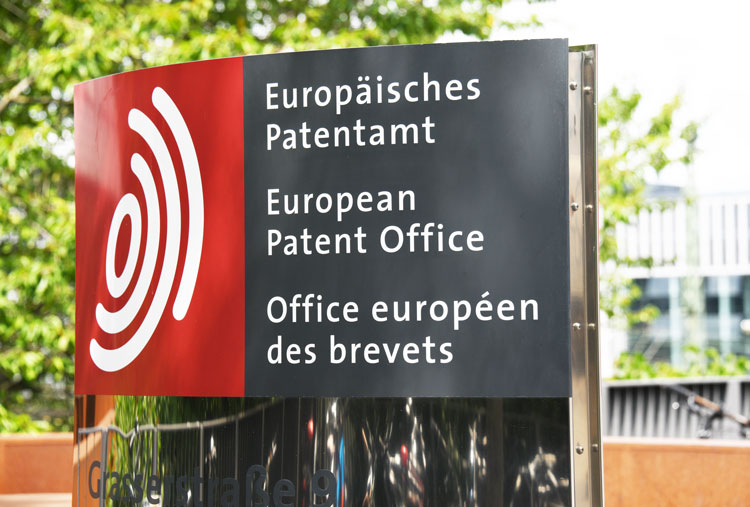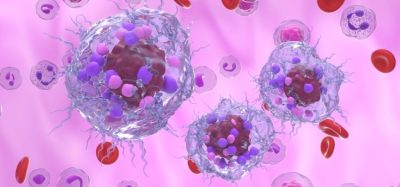The Unified Patent Court: assessing the impact on European life sciences patent litigation
Posted: 7 November 2023 | Paul England DPhil (Taylor Wessing) | No comments yet
Paul England, senior counsel in Taylor Wessing’s Patents Group, examines the burgeoning influence of the Unified Patent Court and unitary patents within the life sciences sector. How popular are unitary patents and do they have potential to reshape European life sciences patent litigation?


It has been more than three months since the Unified Patent Court (UPC) and the European patent with unitary effect (unitary patent) came into full force on 1 June 2023, adding a new layer of options to the existing European patent system of national courts and European patents.
The unitary patent is a new, single pan-European right protecting an invention, which prohibits anyone but the owner or their licensee from using that invention in all participating EU Member States.
The UPC is a new court whose decisions are currently effective, simultaneously, in 17 European countries (including France, Germany, Italy and the Netherlands). These decision-making powers include the enforcement and revocation of unitary patents and European patents.
How popular are unitary patents?
By 1 September 2023, the three-month anniversary of the opening of the new system, over 7,400 unitary patents were recorded as converted to unitary patents on the European Patent Office (EPO) register.1 If sustained, this would represent a rate of approximately 25 percent of all European patents granted. These numbers therefore represent a surprisingly high degree of interest in the cost savings that can be gained using the unitary patent, for those marketing protected products in a number of European countries. Furthermore, those proprietors who convert their newly granted patents into unitary patents do so in the knowledge that they can only be enforced in the UPC, and so it is also a demonstration of confidence in the new court.
Of the unitary patents registered at the EPO, approximately 20 percent were for what are described broadly by the EPO as “health-” related subject matter, or life sciences.1 More specifically, patents relating to life sciences inventions are designated by International Patent Classifications (A) human necessities (which includes pharmaceuticals and medical devices, or (C) chemistry and metallurgy, which includes biochemistry, microbiology and genetic engineering, or a combination of both (A) and (C).2
How are these classes represented in the early actions lodged at the UPC?
Life sciences patent disputes lodged in the UPC
At the beginning of September 2023, of 41 cases lodged in the UPC, according to the Darts-IPTM database, approximately a quarter of infringement cases concerned patents in the IPC classifications A and/or C. Most of the revocation actions lodged concern life sciences patents.3 More specifically, the patented subject matter in dispute in these early cases ranges from glucose monitors, antigen binding proteins, and composition and methods for analyte detection, to a method of producing retinal pigment epithelial cells.


By 1 September 2023, over 7,400 unitary patents were recorded as converted to unitary patents on the European Patent Office (EPO) register.
It is important to remember that this information only represents those cases that have passed through formality checks and been collected by the darts-IP database. The real number of actions is likely to be far higher and, although it lacks transparency, consultation of the UPC case management system suggests this is the case.
An interesting feature of some of these cases, such as the disputes between Edwards Lifesciences and Meril4 concerning a patent for a system comprising a prosthetic valve and a delivery catheter, is that the UPC is being used as a new front in patent litigation between these companies that has taken place elsewhere in the world, including the UK and US. This illustrates how the UPC is now acknowledged as an additional forum, even in addition to European national courts, for patent disputes. This does not imply that UPC patent litigation will always follow the US either. Indeed, the market size of the UPC rivals that of the US (the population of the US is approximately 330 million; the population in the 17 countries of the UPC is around 300 million) and in future the UPC may become the leading forum in many patent disputes, rather than the follower, particularly if it proves to be quicker and more cost effective.
Of the unitary patents registered at the EPO, approximately 20 percent were for what are described broadly by the EPO as “health-” related subject matter, or life sciences
At a tactical level, the Edwards Lifesciences case also illustrates how the pan-European structure of the UPC, which allows for local differences in approach to proceedings between its various local divisions and regional division, can be used according to which local and regional division is preferred in a particular case, perhaps due to local differences and the particular circumstances. In Edwards Lifesciences, one patent is being enforced in the Nordic-Baltic regional division centred in Stockholm. Two other patents are being enforced in the Munich local division. The 10x Genomics cases illustrate5 another variation in which the same patent is being enforced against different defendants in different local divisions.
A centrally granted unitary SPC
The EU has now published proposals for two recast supplementary protection certificate (SPC) Regulations, applicable to both medicinal and plant protection products. The first proposed Regulation focuses on the prosecution procedure for SPCs in the EU.6 Specifically, applications for SPCs (based on European patent and unitary patents, but not national patents) are to be dealt with under a new centralised procedure with the EU Intellectual Property Office (the EUIPO, in Alicante, Spain) as the central examination and prosecution authority. It is also proposed that SPCs must be based on a centralised marketing authorisation only.
Five patent issues that European biosimilar developers should consider before entering the US market
In the second proposed Regulation the Commission has set out legislation for a unitary SPC.7 This must of course be based on a unitary patent only, which would ensure that its claims are identical for all Member States it covers, and would avoid the risk of the basic patent being revoked, or lapsing, for one or some of the UPC territories. In substance this is the same as a national SPC and its grant will also be handled by the EUIPO. Paediatric extensions will also to be applicable in respect of unitary SPCs for medicinal products.
Given the popularity of the unitary patent, unitary SPCs are also likely to be well-received by proprietors.
A further marker of success
The UPC is designed to be attractive to patent owners of all sizes, and the first cases suggest that this is indeed how it is being used. For life sciences cases, however, the real marker that the UPC is being taken seriously and is likely to be successful is the claimants who are using it. These are large and sophisticated companies, many with household names: Sanofi, Astellas, Meril, Amgen, Edwards, Nutricia and Dexcom. These companies are placing significant confidence in the UPC and it can be expected that many others will follow.
About the author
Paul England, DPhil
Paul is senior counsel – knowledge, in Taylor Wessing’s Patents Group. He is an English qualified lawyer of over 20 years who specialises in advising on case theory and European strategic work for contentious patent matters, including in the Unified Patent Court, usually at the beginning of a dispute or potential dispute. Paul has particular expertise in the life sciences sector, having begun his career as a scientist and taken a doctorate in biochemistry and molecular biology at the University of Oxford.
References
1. EPO unitary patent dashboard. [Internet]. 2023. [Cited 2023Sept]. Available from: https://www.epo.org/en/about-us/statistics/statistics-centre#/unitary-patent
2. Patent classification [Internet]. 2017. www.gov.uk [Cited 2023Sept]. Available from: https://www.gov.uk/government/publications/patent-classification/patent-classification
3. IPTM database. [Cited Sept2023]
4. Edwards Lifesciences Corp v Meril GmbH & Ors CFI_8/2023, CFI_15/2023 and CFI_249/2023.
5. Harvard College & 10x Genomics Inc. v NanoString Technologies Inc. & Ors (CFI_17/2023) and (CFI_326/2023).
6. Proposal for a Regulation of the European Parliament and of the Council on the supplementary protection certificate for medicinal products (recast) COM(2023) 231 final, 27 April 2023.
7. Proposal for a Regulation of the European Parliament and of the Council on the unitary supplementary certificate for medicinal products COM(2023) 222 final (27 April 2023).
Related topics
Related organisations
Amgen, Astellas, Dexcom, Edwards, European Patent Office (EPO), Meril, Nutricia, Sanofi, Unified Patent Court (UPC)









